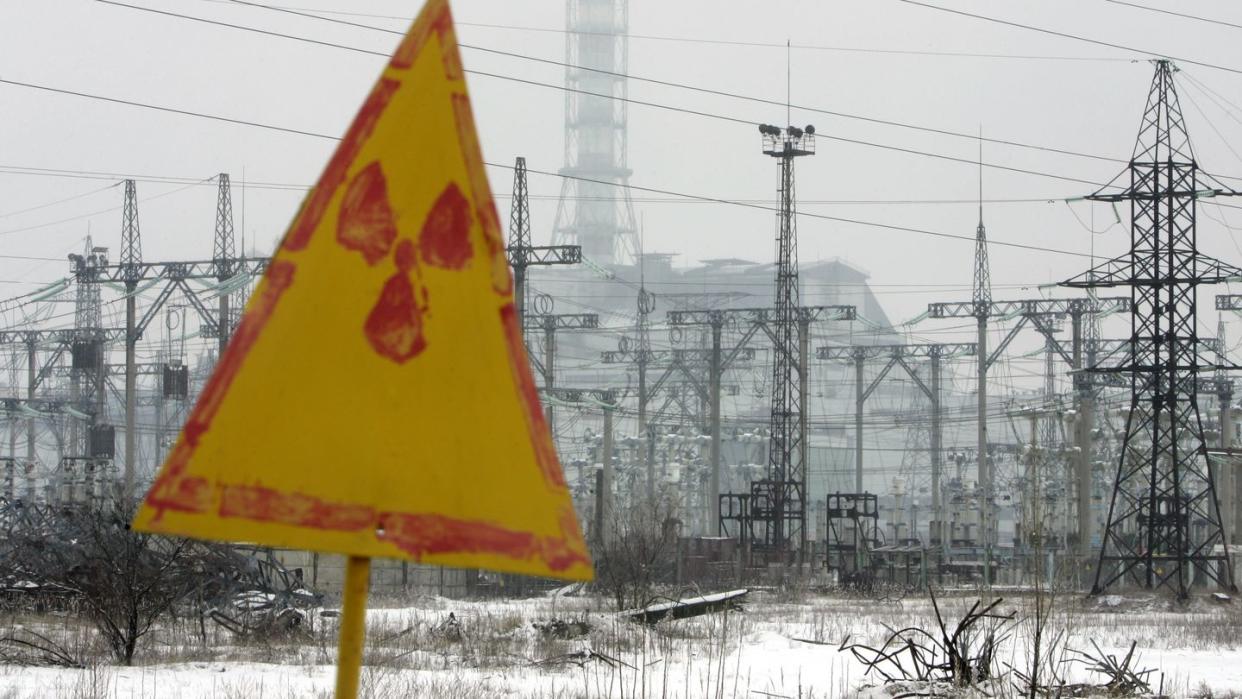A Massive Wind Farm Is Moving Into Chernobyl—and It’s Actually a Great Idea

On April 26, 1986, humanity faced down the world’s worst nuclear disaster following a nuclear reactor meltdown in Chernobyl, Ukraine.
Nearly forty years later, the area surrounding the nuclear plant is mostly abandoned, but Ukraine hopes to transform this irradiated zone into a massive wind farm project.
The project aims to provide 1 GW of energy to nearby Kyiv, which is enough to power roughly 800,000 homes.
The world knows the name Chernobyl for the nail-biting nuclear disaster of nearly 40 years ago. For decades, the 18-mile radius around the power plant, known as the “exclusion zone” didn’t produce a single watt of energy, becoming a hotbed for “dark tourism” and mutated animals.
But in the last five years, Chernobyl’s mission has been changing. In 2018, a 1 MW solar farm opened up shop in the exclusion zone, generating energy for some 2,000 homes. But the Ukrainian government isn’t stopping there, and hopes to one day transform the region into a “symbol of clean, climate-friendly energy.”
The plan? Transform Chernobyl into a 1 GW wind farm capable of powering up to 800,000 homes in nearby Kyiv, the capital of Ukraine. If Ukraine realizes its vision, one made tougher by the ongoing war in Ukraine, Chernobyl would become one of the biggest wind energy projects in Europe.
Chernobyl is an attractive location for large-scale wind farms for a few reasons. The site contains existing infrastructure that can be upgraded rather than built from scratch, it’s near Ukraine’s largest city, and the overall impact of the development would be small due to the exclusion zone’s “ghost town” status. The wind farm will be built by the German company Notus Energy and operated by the Ukrainian transmission system operator Ukrenergo.
Although it’s been nearly four decades since the world-changing disaster than occurred at the Chernobyl Nuclear Power Plant, questions still remain regarding whether or not it is safe to work for an extended period of time in the radiated zone. According to the International Atomic Energy Agency, some radioactive material—such as Strontium-90 and Cesium-137—still linger in the atmosphere in the exclusion zone, but is at “tolerable exposure levels for limited periods of time.”
In fact, some residents of the area have decided to return to their homes, and while exposure is higher than normal, long term exposure to small amounts of radiation isn’t nearly as detrimental large amounts of exposure within a short timeframe (which is what made the initial Chernobyl disaster so deadly).
However, some Russian soldiers who dug into the dirt surrounding the power plant during Vladimir Putin’s invasion of Ukraine reported cases of radiation sickness. According to Recharge, a green energy news website, the partners on the project are still assessing how to proceed with the project—including figuring out the best locations to limit environmental impact and potentially dangerous radiation.
This plan for transforming the exclusion zone into a “recovery zone,” according to Ukraine officials, was in the works before Russia’s invasion in February of 2022. People involved with the project say that the invasion has delayed the country’s vision for Chernobyl—the region was under Russia’s control for a few weeks after all—but hasn’t destroyed it.
Finally, after 40 years as the symbol of disaster, Chernobyl is finally ready to turn the page and start a new, green energy chapter.
You Might Also Like

